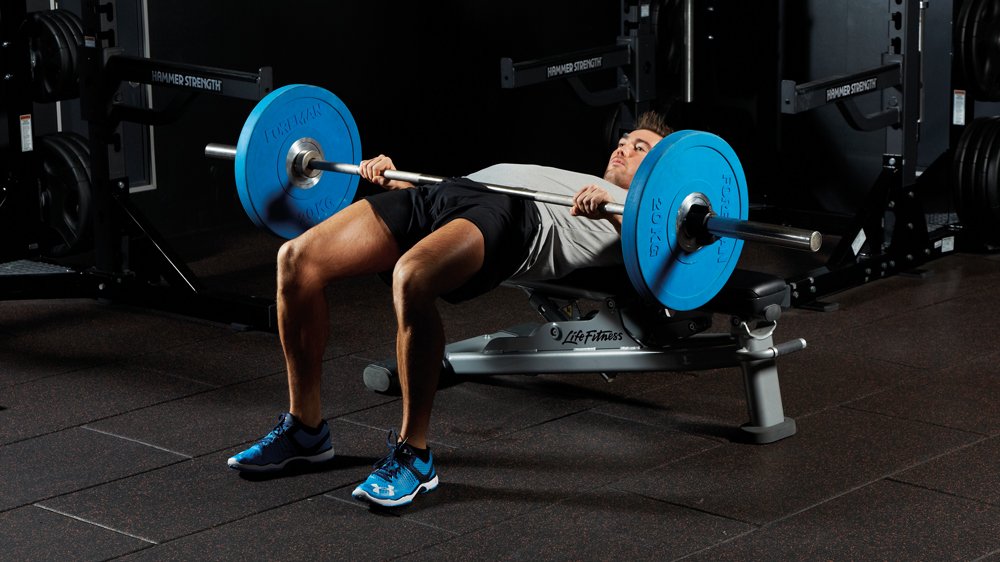Why You Need to Train Glutes & How to Do so Effectively
Sing it with me now: I like big…
Butts. Buttocks. Gluteals. Glutes. Caboose. Rear. Derriere. Behind. No matter how you refer to your backside, it is ass-ential (tee-hee) for us to train it. And if you stick with me to the bottom of this post, not only will you know WHY glute focused training is important but also HOW to effectively train your ass-ets!
WHY Glute Training is Ass-ential
It is important for anybody (but especially for athletes) to have strong glutes in order to maintain overall physical health and function.
Your glutes consist of three muscles (glute maximus, glute medius, and glute minimus) that help to stabilize the trunk and hips, making them important for maintaining posture, balance, and coordination to perform movements such as: walking/running, jumping, squatting, standing (on one or both feet), balancing, and picking things up from the floor.
Having strong glutes will not only increase your overall physical performance (helping you to run faster, fatigue less quickly, and jump higher) but also prevent/improve knee and lower back pain or injury.
HOW to effectively train your ass-ets
Progressive Overload is KEY! In order to progress, you need to gradually increase the resistance, amount of repetitions, and/or amount of sets over time. For example:
Week 1: 50lb Hip Thrust for 3 sets of 10 repetitions
Week 2: 50lb Hip Thrust for 3 sets of 12 repetitions
Week 3: 55lb Hip Thrust for 1 set of 12 repetitions, then 2 sets of 10 repetitions
*Notice how there aren’t huge jumps in those numbers… because if we want this progress to be sustainable (and not get injured) going slow is the way to go.
In addition, periodizing your workouts are extremely helpful, often essential, in allowing you to recover properly and not overtrain. This can be referred to as having a “de-load” week, dropping the weights very low, doing bodyweight sets, or taking a break entirely. This can look like:
Week 1: 4 exercises, 2-3 sets each, moderate resistance
Week 2: 4 exercises, 2-3 sets each, moderate-heavy resistance
Week 3: 4 exercises, 3-4 sets each, heavy resistance
Week 4: 6 exercises, 2 sets each, light-no resistance
*Depending on your training schedule and intensity, de-load weeks should be scheduled every 3-6 weeks.
Movement Types
First of all, we want to make sure we’re hitting every aspect of glute training. In order to do so, we should ensure that we’re incorporating the following types of movements (with a non-exhaustive list of exercise examples):
Hinge
Squat
Unilateral
Abduction
Thrust
How to program your workouts
Try incorporating each of these movements into your weekly sessions but remember that you don’t have to do all of them each session (unless you only train once per week). You only really need 4-6 exercises per session. If you try to include every exercise every session, you’re either going to spend 2 hours getting through it or you won’t be repeating them in effective amounts.
Generally, you want to train 3x per week, however every booty is different and this can range from 1-5x per week, though I personally wouldn’t go under 2x per week. If you are doing 1 session per week you’ve gotta make it an absolute killer and really try not to skip, because if you skip a session, you’re going 2 weeks without training glutes, which is definitely less than ideal.
Believe it or not, we’ve only just scratched the surface when it comes to glute training. Having this knowledge can be a good starting point but there’s still so much to consider that can’t fit in a single blog post, including your individual needs! So…
If you’re serious about your training goals and building glute strength, join Mvmnt Method, a cross-training program for athletes, performers, and active bodies to fill in the gaps of their current training (including glute focused lower body training) and keep them moving and doing what they love long term.
Mv’rs also get 1-on-1 access to their trainer not only to help them create a sustainable training schedule but also to stay on track and accountable through regular check-ins and assessments.
Not sure if Mvmnt Method is right for you? Schedule a FREE consultation to find out!





